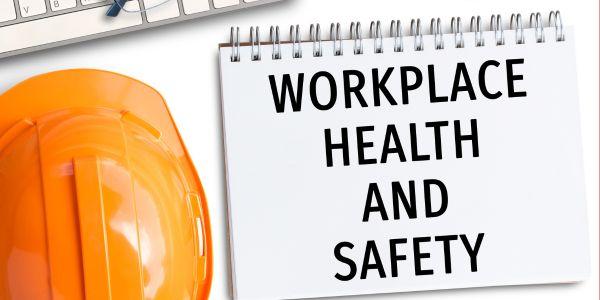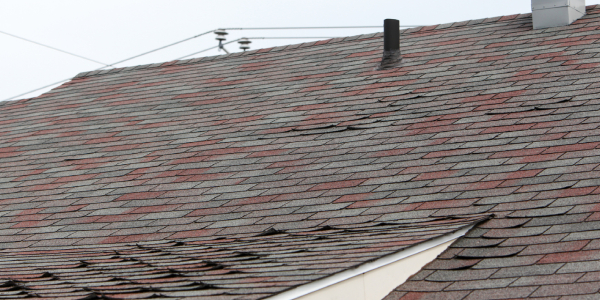Understanding OSHA’s Fall Protection Standards: Part Two

Welcome back to our three-part series discussing the Occupational Safety and Health Administration’s (“OSHA”) fall protection standards.
In Part One, we laid out a general overview of OSHA’s enumerated fall protection standards contained with the Code of Federal Regulations. In this article, we will examine the different types of conventional fall protection that can satisfy certain fall protection standards. A closer look at the standards reveal some conventional fall protection systems used in roofing including, but not limited to: (1) guardrail systems, (2) safety monitors, and (3) personal fall arrest systems.
-
Guardrails. A guardrail is a vertical and stable barrier designed to prevent falls. It typically consists of both top rails and mid-rails, connected with posts. Guardrail systems must satisfy the following requirements:
- The top rail shall be 42 inches plus or minus 3 inches above the working surface.
- A midrail shall be installed at the midway between the top edge of the guardrail system and the working surface.
- The ends of the rails must not overhang the terminal posts.
- The guardrail system shall withstand up to 200 pounds of force.
Guardrail systems provide passive prevention of falls and do not require workers to wear personal fall protection systems or take additional safety measures. However, guardrails can often be easily removed in order to hoist material to the working surface. Therefore, remember to implement alternative fall protection systems when the guardrails are down. For more information regarding OSHA’s guardrail standards, please see 29 C.F.R. § 1926.502(b).
-
Safety Monitors. Safety monitors may be used when working on low-slope roofs as described in Part One. Prior to the use of a safety monitoring system, employers should designate an employee competent to recognize fall hazards as the safety monitor. The safety monitor’s duties include, but not limited to:
- Warn employees unaware of fall hazards or acting in an unsafe manner;
- Work on the same working surface and within visual sighting distance of the monitored employees; and
- Stand close enough to monitored employees to communicate orally with the employee.
The safety monitor may not be responsible for any work other than monitoring the working employees. Further, the monitored employees shall promptly correct fall hazard warnings from the safety monitor. For more information regarding OSHA’s safety monitor standards, please see 29 C.F.R. § 1926.502(h).
-
Personal Fall Arrest Systems. When in doubt as to which fall protection system applies to your project, consider implementing personal fall arrest systems. These systems consist of anchorages, connectors, and full body harnesses. When selecting an anchorage point, the anchorage should be independent of any anchorage being used to support or suspend the working surface. The snaphooks connected to the anchorage shall have a corrosion-resistant finish a smooth surfaces and edges to prevent damage. The lanyards and lifelines, which connect the full body harness to the snaphook, shall have a minimum breaking strength of 5,000 pounds and be protected from cuts and abrasions. When stopping a fall, personal fall arrest systems should limit the employee's fall to less than 6 feet or from contacting the lower level. Please note, personal fall arrest systems shall only be used for employee protection and not to hoist materials. For more information regarding OSHA’s personal fall arrest system standards, please see 29 C.F.R. § 1926.502(d)-(e).
These fall protection systems may satisfy OSHA’s requirements on your jobsite. A review of 29 C.F.R. § 1926.501 can best assist you in determining which fall protection system to implement. Regardless of which system you use, careful planning and preparation lay the groundwork for an accident-free workplace. Further, these fall protection systems may not be as effective without proper training of your employees. Therefore, identify the fall hazards on your jobsite, determine the appropriate fall protection systems to abate the hazard, and train your employees to implement each fall protection system correctly and effectively.
Disclaimer: The information contained in this article is for general educational information only. This information does not constitute legal advice, is not intended to constitute legal advice, nor should it be relied upon as legal advice for your specific factual pattern or situation.
Cotney Construction Law is an advocate for the roofing industry and General Counsel of NRCA. Its attorneys practice in all areas of construction law. The firm works extensively on matters relating to OSHA defense, which includes the management and development of safety and health strategies for construction contractors across the United States. The firm’s OSHA practice concentrates on litigation and the appeals of citations involving catastrophic construction-related accidents. For more information, please visit www.cotneycl.com.




















-2025-xtv-mls-tour-2.png)

Comments
Leave a Reply
Have an account? Login to leave a comment!
Sign In